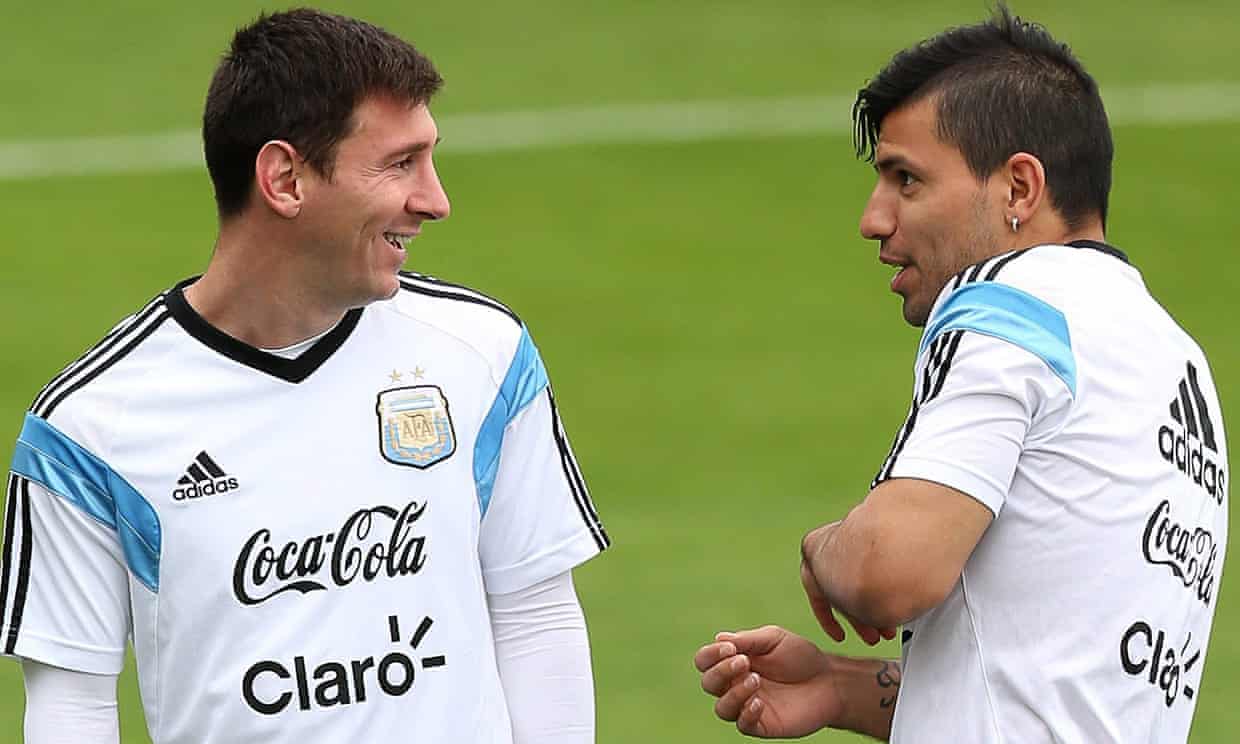
Sportblog
Rafael Nadal the beacon of sport's old power despite new normal
Lockdown has revealed a lot about athletes but tennis’ king of clay will want to catapult us back in time come September
by Jonathan LiewOne of the most refreshing aspects of sporting lockdown, in the absence of watching athletes do things, has been watching athletes talking. Properly talking, I mean. Most of the time, what normally passes for athletes talking is actually just athletes making noises: contrived and arbitrated noises, synthetic to the point of worthlessness.
Here, sweaty athlete at your most distracted and dishevelled: please summarise your many as-yet unprocessed emotions in a pithy, uncontroversial 30-second soundbite to a live audience of millions in front of a bit of sponsored cardboard, before you’ve even had a chance to see your loved ones. What’s that? Great to get the win, you say? Illuminating stuff. Back to the studio.
But strip away the artifice, cordon off the agents and handlers, give the athlete a webcam and all the free time in the world, and it turns out – who knew? – that they can formulate thoughts just as cogently as anyone else.
Now and again, you even learn something. Sergio Agüero, playing a game of Fifa on Twitch over the weekend, impulsively decides to ring Lionel Messi, who immediately demands to know why Agüero has called. “I was bored,” a sheepish Agüero replies, “and, well, it was nine in the morning.”
That little exchange, I would proffer, reveals more about the relationship between two of Argentina’s greatest strikers than any number of heatmaps, thinkpieces or 8,000-word interviews with their cousins on the Athletic.

Observing the world’s best men’s tennis players offers a subtly different flavour of insight. What’s striking is the warmth and affection they seem to have for each other: something more reverent than simple banter, more profound than professional regard. Novak Djokovic and Andy Murray share childcare tips. Rafael Nadal tries to let a beaming Roger Federer into his live chat but instead spends several minutes staring quizzically into his phone. “Brilliant,” Murray wryly observes in the comments. “He can win 52 French Opens but not work Instagram.”
There’s a kinship to these exchanges that’s as poignant as it is instructive. Instructive because it reminds us that for all their differences, their rivalries, their silly warring fandoms, the Big Four (or Big Three and Murray, if these distinctions are important to you) have grown more alike over time, not less. Poignant because what should have been the first week of Roland Garros is instead a bleak warning of their dwindling collective window of opportunity.
Naturally it is Nadal whose absence is felt most keenly right now: the forehands not ripped, the roars not roared, the red footprints not made. He would have been the strong favourite to claim a 13th crown, which he yet might when the rescheduled French Open is played in September. But somehow, even sport’s surest guarantees no longer feel like guarantees of very much. “I don’t believe in the new normal,” Nadal said in a video interview with El País this month. “I like the old normal, with adaptations.”
It’s a nice thought, this idea that when tennis emerges from its summer hibernation, the hierarchy of the jungle will soon reassert itself, just as it always has. Besides, Nadal is one of those players who seems to have been “on the way out” for a decade or more: a career in perpetual autumn.
There is a famous New York Times profile that describes his explosive, injury-prone style as a “poetic self-immolation, the glorious athlete pushing himself resolutely toward[s] his own undoing”. That was in 2009. Nadal has spent a good part of his adult life reading his own premature obituaries.
If Federer marks time and Djokovic chases it down, then Nadal stretches it. This is as true on the court as off. Great players often have the ability to slow the clock on their signature moments, lending them an effortlessly epic quality. For Nadal, it is the instant before he winds up that immense forehand, that broad torso recoiling, a moment of perfect stillness that also carries an implication of irresistible power.
For all this, it is Nadal who has also changed the most over time. His serve, particularly his second serve, has developed new layers of brutality in the last couple of years. He is more confident at the net than ever.
When you have achieved all he has, how do you remain so open to the possibility that your best years still lie ahead? A form of stubbornness, I suppose: a wilful myopia bordering on masochism. “I learned during all my career to enjoy suffering,” Nadal has said and this is the axiom that sustains his most ardent fans as he waits impatiently in his Mallorcan palace, watching time tick slowly away.
The old get older. The young merely mature. The world the Big Three bestrode before the pandemic may not necessarily exist after it. Federer will be 39 in August, Nadal 34 next week. Djokovic has just turned 33. After almost two decades of untrammelled dominance, a new order feels impossible to envisage; like much else that felt unimaginable a few months ago.
And yet. Perhaps a little time away from the daily grind of the tour will work to Nadal’s advantage. Time for niggles to clear up, for aches to heal, for the mind to refresh and for the body to recharge. And then, as if awaking from a deep sleep, he will return: the old fire in his belly, a new trick or two up his sleeve, ready to suffer and conquer all over again. Not a new normal but an old normal, with adaptations.